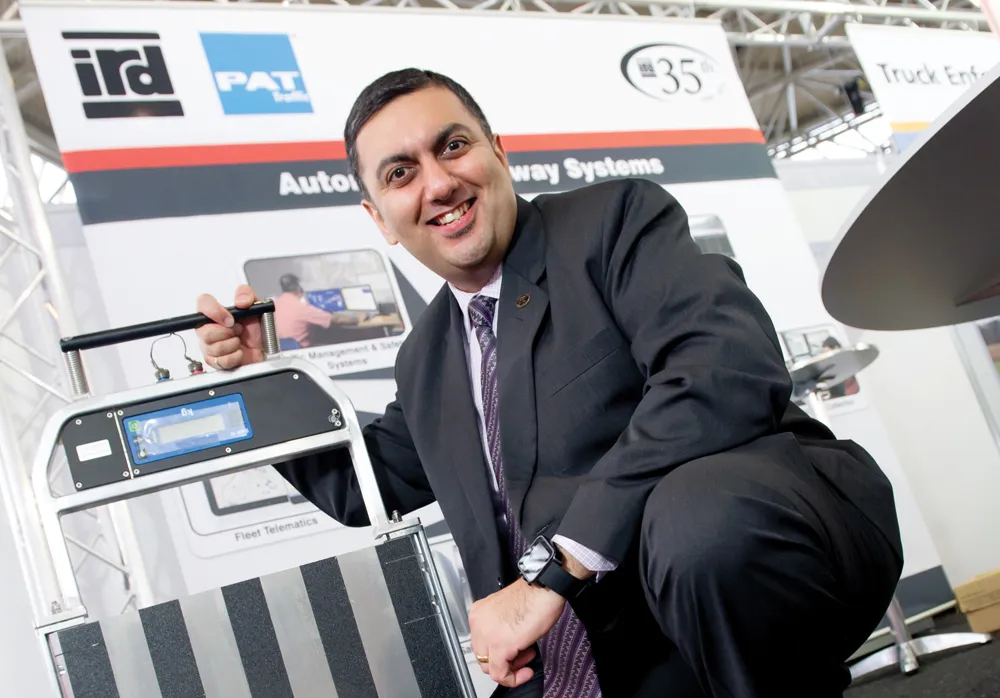From 1 May 2017, NZ Transport Agency commences a new five-year road-weather data and data visualisation service with the Meteorological Service of New Zealand (MetService).
MetService is contracting Finnish road-weather forecasting company, Foreca to provide high-resolution road-weather forecasts which are based on MetService’s own forecasting services and a range of additional weather and road information.
The services will provide MetService road-weather forecasters with considerably enhanced, yea
March 21, 2017
Read time: 2 mins
From 1 May 2017, NZ Transport Agency commences a new five-year road-weather data and data visualisation service with the Meteorological Service of New Zealand (MetService).
MetService is contracting Finnish road-weather forecasting company, Foreca to provide high-resolution road-weather forecasts which are based on MetService’s own forecasting services and a range of additional weather and road information.
The services will provide MetService road-weather forecasters with considerably enhanced, year-round, high-resolution insights into the weather conditions across the New Zealand State Highway road network. The services fuse MetService observations from its network of automated roadside weather stations and expanding mobile measurement platforms with 360-degree photographs, high-resolution topography, road metadata and road modelling.
In addition, selected mountain passes will be modelled every 30 metres. Forecasts at reduced resolution will be provided for the remainder of the State Highway network and these will be delivered several times per day, every day of the year.
This information will enable more comprehensive guidance from MetService to the Agency and the contractors responsible for road management and maintenance as part of their regional network outcomes contracts.
MetService is contracting Finnish road-weather forecasting company, Foreca to provide high-resolution road-weather forecasts which are based on MetService’s own forecasting services and a range of additional weather and road information.
The services will provide MetService road-weather forecasters with considerably enhanced, year-round, high-resolution insights into the weather conditions across the New Zealand State Highway road network. The services fuse MetService observations from its network of automated roadside weather stations and expanding mobile measurement platforms with 360-degree photographs, high-resolution topography, road metadata and road modelling.
In addition, selected mountain passes will be modelled every 30 metres. Forecasts at reduced resolution will be provided for the remainder of the State Highway network and these will be delivered several times per day, every day of the year.
This information will enable more comprehensive guidance from MetService to the Agency and the contractors responsible for road management and maintenance as part of their regional network outcomes contracts.










